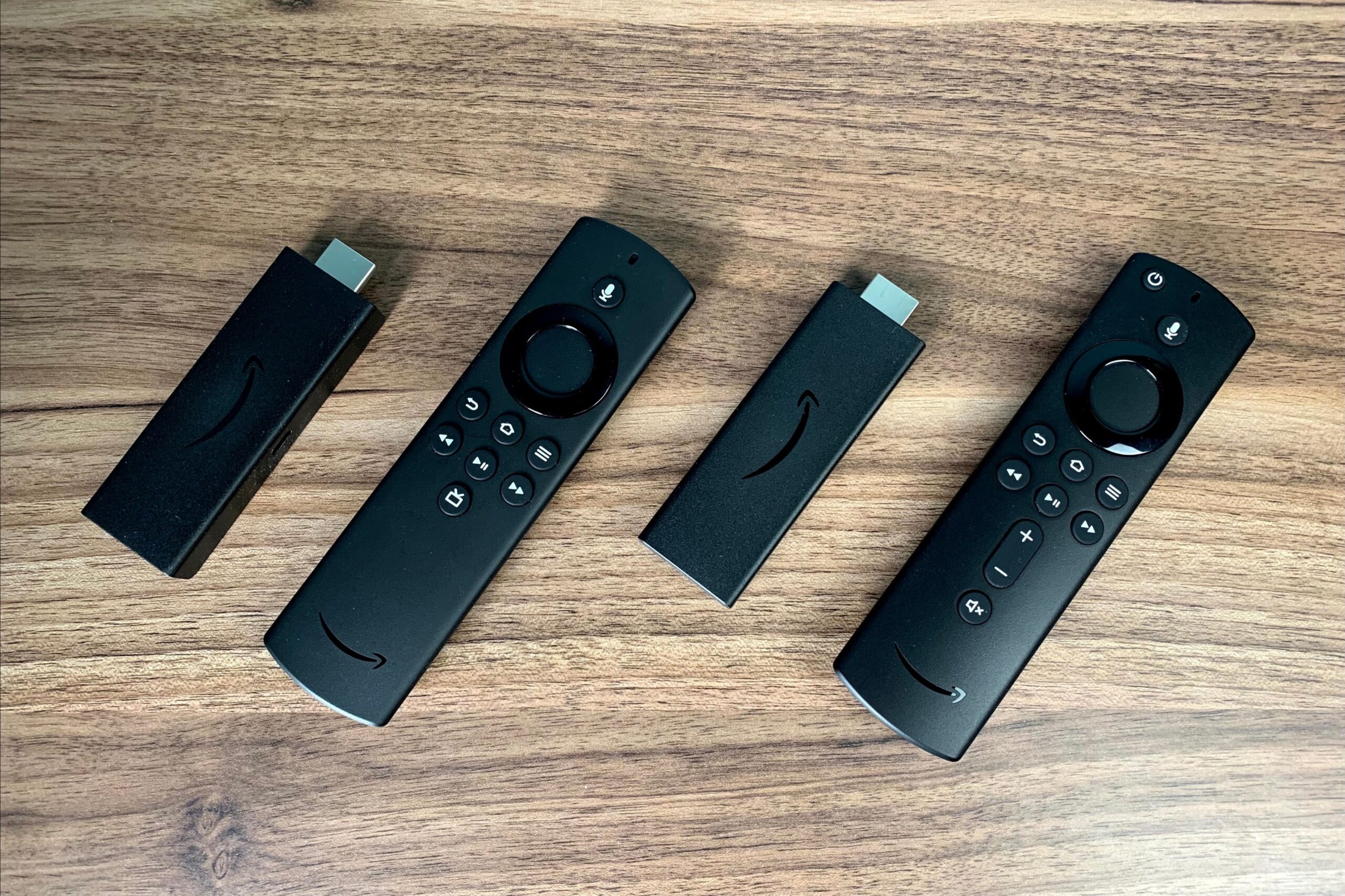
Fire TV Stick: A Hardware Upgrade with Software That Needs Overhaul
Introduction
Amazon’s latest Fire TV Stick and Fire TV Stick Lite offer a refreshed hardware experience, yet the software remains a work in progress. With a faster processor and improved performance, these budget streamers aim to provide a better streaming experience. However, the upcoming software overhaul promises to bring significant changes to the Fire TV user interface.
Hardware Enhancements
The new Fire TV Stick boasts a quad-core 1.7GHz processor, 1GB of RAM, and 8GB of storage, marking a significant upgrade over its predecessor. This upgrade translates to faster loading times and smoother scrolling through menus. Both sticks support 1080p video resolution and high dynamic range (HDR) in HDR10, HDR10+, and HLG formats, bringing vibrant and detailed visuals to your screen.
Differentiation: Stick vs. Stick Lite
The Fire TV Stick and Fire TV Stick Lite share the same hardware specifications. However, the Stick Lite lacks TV volume and power buttons on its remote control, a compromise that justifies its lower price point.
Remote Control
The Fire TV Stick’s remote control features TV volume and power controls, providing the convenience of operating your TV and streaming device with a single device. In contrast, the Fire TV Stick Lite’s remote control lacks these buttons, necessitating the use of a separate TV remote.
Current Fire TV Interface
Despite the hardware upgrades, the current Fire TV user interface remains unchanged. The home screen displays a mix of recommended content, favorite apps, and a sprawling list of recommendations heavily biased towards Amazon’s Prime Video and IMDb TV services. Scrolling through the home screen involves navigating a multitude of suggested apps and sponsored content.
Alexa Search Limitations
While Alexa offers a range of voice control capabilities, its search function falls short in certain areas. Genre searches frequently yield irrelevant results, making it difficult to discover new content efficiently.
Content Compatibility Issues
Currently, none of Amazon’s Fire TV devices support HBO Max or Peacock due to ongoing carriage disputes. This limitation restricts access to expanded content catalogs.
Lack of Private Headphone Listening
Another notable drawback of Fire TV devices is the lack of support for private headphone listening. Unlike Apple TV and the new Chromecast, Fire TV devices do not offer built-in Bluetooth headphone or wired headphone compatibility, requiring users to rely on workarounds or invest in additional hardware.
Conclusion
The new Fire TV Stick offers a solid hardware upgrade, particularly in terms of performance. However, the outdated software interface and lack of private headphone listening hinder its overall user experience. The upcoming software overhaul promises to address these issues, but its exact nature and impact remain to be seen.
For those seeking a budget streaming device with TV control capabilities, the Fire TV Stick is the recommended choice. However, the Fire TV Stick Lite’s inferior remote control makes it a less enticing option, especially for users who value the convenience of a single remote.
Ultimately, the decision between the Fire TV Stick and its competitors depends on individual preferences and priorities. If you prioritize hardware speed and are willing to wait for the software overhaul, the Fire TV Stick is a solid option. However, if you prefer a more polished software experience, support for private headphone listening, and access to HBO Max and Peacock, alternative streaming devices may be a better choice.
